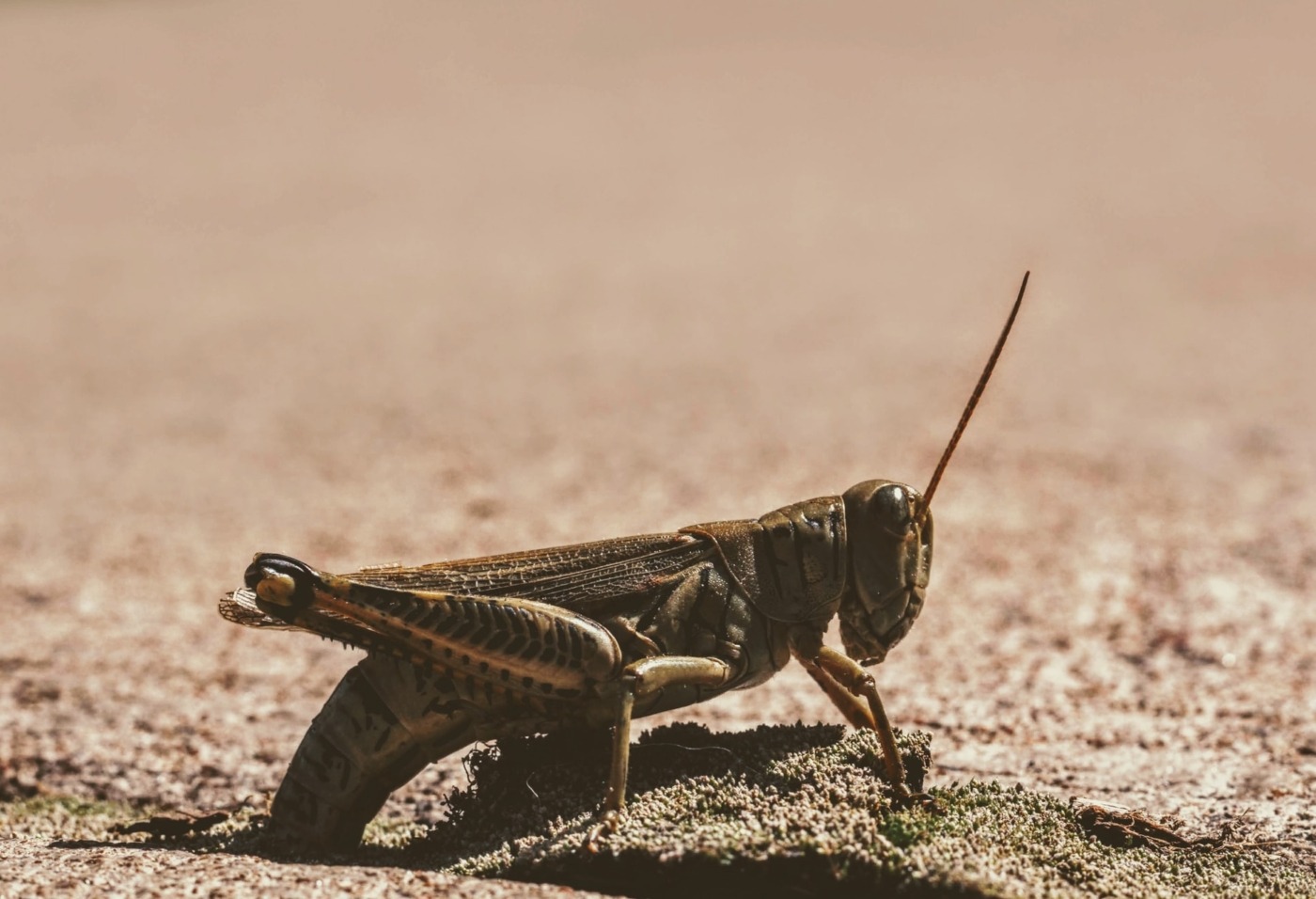The impact of climate change on the plague of locusts in East Africa
In February, East Africa suffered one of the largest locust swarms on record. The second wave is imminent, predicted to be 20 times worse than the first. Could climate change be the cause?
What are locusts?
Locusts are small insects closely related to grasshoppers. They are distinguished by a gregarious phase. During this phase, large colonies congregate to form a large swarm. Swarms can cover several kilometres, containing millions of individual locusts. This can be devastating to agriculture and the economy. A one square kilometre swarm can eat the same amount of food in a day as 35,000 people. The most common type of locust is the Desert Locust. Desert Locusts thrive in regions of rich vegetation, usually after the spring rains have fallen. The next wave of locusts is due to arrive in Africa in June of this year. Countries are fearful that this wave could lead to widespread famine across the Continent.
A one square kilometre swarm can eat the same amount of food in a day as 35,000 people
What is the threat?
With billions of Desert Locusts expected to arrive within the next few months, the threat is imminent. It has been estimated that without coordinated control measures, 5 million additional people in East Africa will be hungry by June, with an estimated 20 million people in East Africa currently labelled as “food insecure”. Food insecure refers to people who do not have reliable access to nutritious and affordable food. Due to the current pandemic, efforts to fight and prevent infestations have been put on hold. Travel is restricted and pesticides are not arriving as soon as they should. This will only add to the devastation and when the second plague hits, the consequences will be worse than ever before. The UN has described this situation as “extremely alarming”. Even without the added pressures of the pandemic, the swarm would be extremely challenging to tackle.
The UN has described this situation as “extremely alarming”
How can this be linked to climate change?
Locust plagues are common to East Africa. However, this year, the scale is much greater. Research suggests this may not be a coincidental occurrence. There is a clear link between the latest swarm of locusts and climate change. As ocean temperatures are rising, more intense downpours are triggered in certain areas. This, along with other environmental factors, makes the climate much more unpredictable. Much like the recent prolonged drought in Australia, some parts of East Africa are facing intense rainfall. In the past, communities have had enough experience and resources to deal with the swarms. But due to the current restrictions and the sheer scale of the plague, it is an uncertain time for many communities.
There is a clear link between the latest swarm of locusts and climate change
What is being done?
The upcoming plague is of increasing concern. The UN Food and Agriculture Organisation (FAO) has labelled the recent plague of locusts as “an unprecedented threat” and revealed its relation to climate change. The UN has increased its aid appeal to $153 million. With this money, communities will invest in resources to help fight this pest. Of course, local governments will also play a key role in organising and managing the allocation of resources. However, the pandemic is making this mission extremely difficult and the response to the plague may not be as effective as it was before restrictions were in place. Whilst it is important to manage the upcoming plague as best as possible, the key to fighting this problem is to prevent the further escalation of the climate crisis.

Comments